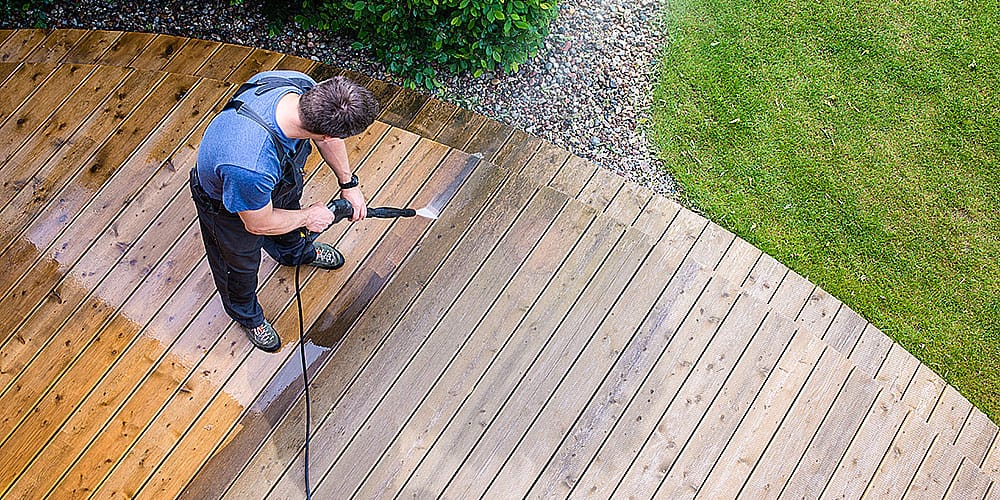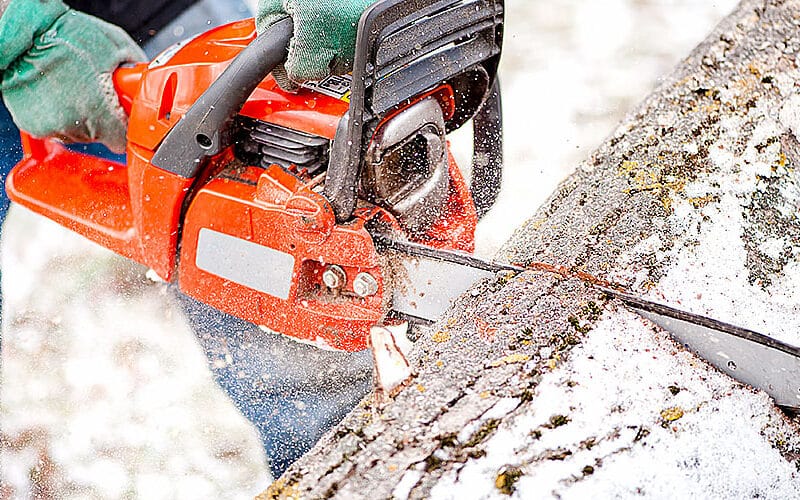Professional mold remediation is not just about removing visible spots on your walls. It addresses the hidden growth that threatens your family’s health and your property’s structural integrity. Putting off this critical step or trying to handle it yourself often makes the situation far worse.
Mold Spreads Faster Than You Think
Most people do not realize just how quickly mold colonizes a damp environment. Mold spores exist everywhere in nature, floating through the air constantly. When these spores land on wet surfaces with organic material like wood, drywall, or carpet, they start growing almost immediately. Within the first day after water damage, microscopic mold colonies begin establishing themselves. By day three, visible growth may appear. After a week, mold can spread throughout an entire room or even multiple rooms through your HVAC system. The speed of this growth means that waiting even a few days to address water damage gives mold a substantial head start. Once established, mold releases more spores into the air, which travel to other damp areas and start new colonies. The worst part is that most of this happens in places you cannot easily see, like inside wall cavities, under flooring, and in crawl spaces.
Health Risks That Develop Over Time
Living with mold exposure does not always cause immediate dramatic symptoms. Instead, health problems often develop gradually, making it hard to connect them to mold in your home. Respiratory issues typically appear first. You might notice more frequent coughing, wheezing, or shortness of breath. People with asthma find their symptoms getting worse and harder to control. Allergic reactions become more common, including runny nose, itchy eyes, and skin rashes.
These symptoms might seem like seasonal allergies or a persistent cold, so many people do not think to blame their home environment. Prolonged exposure leads to more serious conditions. Chronic sinus infections that never quite clear up often result from mold exposure. Some people develop persistent fatigue and difficulty concentrating. Children and elderly family members face the highest risks because their immune systems are either still developing or weakened with age. Certain types of mold produce mycotoxins, which are toxic compounds that can cause neurological symptoms and immune system problems. The longer you live with mold contamination, the more these health effects compound and worsen.
Structural Damage That Gets Expensive
While health concerns should be reason enough to take mold seriously, the financial impact of structural damage provides another compelling argument for quick action. Mold does not just sit on surfaces. It actively breaks down the materials it grows on. Wood framing members can lose structural integrity as mold digests the cellulose in the wood fibers. What started as cosmetic water staining on your ceiling can progress to weakened joists and beams that need replacement.
Drywall becomes soft and crumbly, eventually needing complete removal rather than simple repairs. The insulation in your walls and attic provides an ideal environment for mold growth when it gets wet. Once mold establishes itself in insulation, the material must be removed and replaced because cleaning it effectively is impossible. These repairs cost exponentially more than addressing the water damage promptly would have cost. Insurance companies often refuse to cover mold damage that developed because homeowners delayed taking action. They argue that ongoing maintenance issues fall outside policy coverage, leaving you to pay for extensive repairs out of pocket.
Property Value and Insurance Problems
Real estate transactions require disclosure of known problems, and mold contamination definitely qualifies as something you must reveal to potential buyers. Even after professional mold removal Gaithersburg, a history of mold problems raises red flags for buyers and significantly impacts what people will offer for your home. Home inspections now routinely include mold assessments, and any signs of current or past mold growth give buyers powerful negotiating leverage.
Many buyers simply walk away from homes with mold histories rather than taking on the risk and uncertainty. The damage to your property’s marketability often exceeds the actual remediation costs by a substantial margin. Insurance policies include specific language about mold coverage, and most of it works against homeowners who delay action.
Standard homeowners insurance typically covers mold remediation only when it results from a covered peril like a sudden pipe burst, and only if you take reasonable steps to prevent further damage. When you discover water damage and do nothing about it, insurance companies consider subsequent mold growth to be the result of neglect rather than the original covered event. This distinction lets them deny your claim entirely. Understanding your policy’s mold provisions before you need them helps you make informed decisions about how quickly to respond to water damage.
Why DIY Cleanup Usually Fails
Home improvement shows and internet tutorials make mold cleanup look straightforward. You see people spraying bleach on moldy surfaces and wiping them down, declaring the problem solved. This surface-level approach misses the point entirely. Visible mold growth on your walls represents just a small portion of the actual contamination. Mold growing inside wall cavities, under flooring, and in HVAC systems continues thriving even after you clean visible surfaces. Bleach does kill surface mold, but it does not penetrate porous materials where mold roots grow deep.
Using bleach on drywall or wood actually adds more moisture to materials that are already damp, potentially feeding mold growth rather than eliminating it. Proper remediation requires specialized equipment that most homeowners do not own. Industrial dehumidifiers, air scrubbers with HEPA filters, moisture meters, and containment barriers are all necessary for effective cleanup. Professional remediators understand building science and know where to look for hidden moisture and mold growth. Without proper containment, DIY cleanup efforts often spread contamination throughout your home, making the problem worse. The safety equipment needed to protect yourself during remediation includes respirators rated for mold spores, protective clothing, and eye protection. Most homeowners skip this protection and expose themselves to dangerous levels of mold spores during amateur cleanup attempts.
Conclusion
The evidence clearly shows that speed matters when dealing with water damage and potential mold growth. Every hour of delay allows problems to worsen and become more expensive to fix. Your health, your home’s structure, your property value, and your insurance coverage all depend on responding appropriately to water intrusion.
Calling professionals who specialize in water damage restoration Silver Spring immediately after discovering moisture problems gives you the best chance of avoiding mold issues entirely. These experts have the training, equipment, and experience to dry your property completely and verify that moisture levels have returned to normal.


